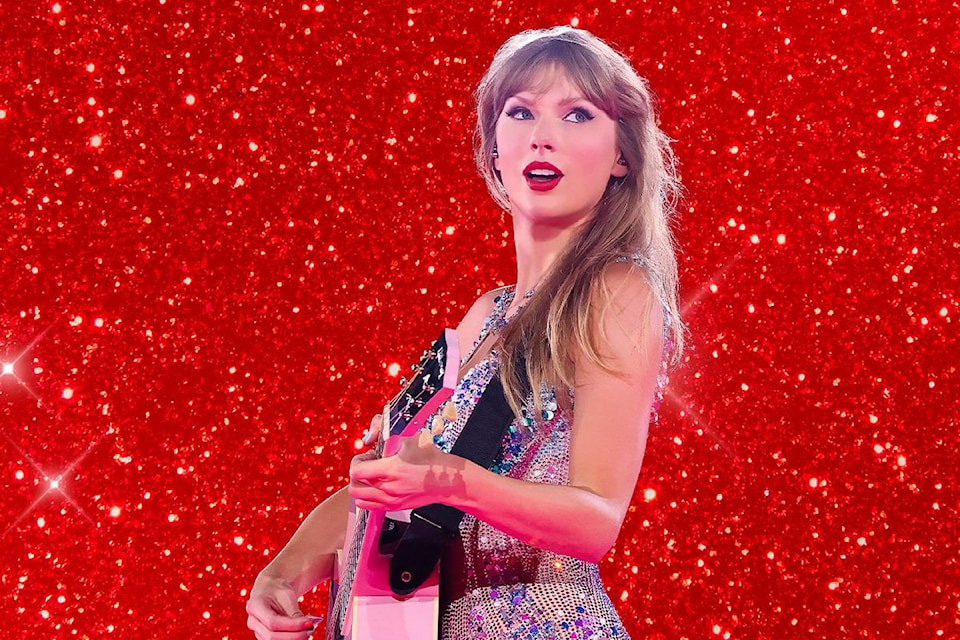
While astronomers reveal countless wonders out in the universe, their telescopes also turn up many spooky sights in the boundless depths of the cosmos. Here's the science behind some of the creepiest objects in space. With solar activity nearing its peak, the Sun has produced some hauntingly beautiful displays of the Northern Lights in our skies over the past year or so.
Roughly a decade ago, though, it put on a very different kind of show that was surprisingly appropriate for the Hallowe'en season. On October 8, 2014, anyone peering at the Sun through solar eclipse glasses or with a solar filter on their telescope wouldn't have seen anything too out of the ordinary. There were only a few small sunspots marring the otherwise clear photosphere, as shown below.
However, NASA's Solar Dynamics Observatory, a satellite in space that keeps a near-constant eye on the Sun, saw something very different. With its camera filtering out all but high-energy ultraviolet light, it captured a hidden jack-o'-lantern grinning at us. According to : "The active regions in this image appear brighter because those are areas that emit more light and energy.
They are markers of an intense and complex set of magnetic fields hovering in the Sun's atmosphere, the corona. This image blends together two sets of extreme ultraviolet wavelengths at 171 and 193 Ångströms, typically colourized in gold and yellow, to create a particularly Halloween-like appearance." "You know of what I speak, Gandalf.
A great eye, lidless and wreathed in flame." — Saruman the White to Gandalf the Grey, in The Fellowship of the Ring. One of the brightest stars in the sky is Alpha Piscis Austrini, located in the constellation known as "the southern fish".
More commonly, this star goes by the name Fomalhaut, and it has been a valuable target for observation with telescopes like Hubble and JWST. This is due to its young age and the disk of debris that surrounds the star, which appears to be forming a brand new planetary system. One of the most remarkable things about Fomalhaut in recent years was the apparent 'ghost planet' that astronomers spotted, which .
However, it's the very first image of this star, taken by the Hubble Space Telescope in 2004, that made this star so memorable, due to its uncanny resemblance to an icon of fantasy literature — the fiery , from J.R.R.
Tolkien's epic Lord of the Rings. Back closer to home, a giant asteroid flew past Earth on Halloween in 2015. That's not the scary part, though, since it passed at a safe distance of 488,000 kilometres, or about 100,000 km farther away than the Moon.
No, the scary part was discovered when scientists used the Arecibo Observatory in Puerto Rico, the DSS-14 antenna at Goldstone, California, and the Green Bank Telescope in West Virginia to bounce radar waves off its surface and return an image of what it looked like. Part-way into the observations, astronomers watched as this 650 metre-wide space rock turned a skull-like visage towards us. Dubbed the , it was revealed to be fairly special.
Why? Because it may be a dead comet. Comets are immense chunks of ice, dust, gas, and rock, which are left over from the formation of the solar system. When a comet gets closer to the Sun, the outer layers of ice begin to sublimate — turn directly from solid to gas — which sends streamers of ionized gas and dust out into space.
This forms a cloud around the comet's nucleus, known as the coma, as well as two long tails, one made of dust and the other of ionized gas. Each repeated trips around the Sun causes the comet to lose more ice and gas and dust, and if it does this enough times, it can run out of these resources. What's left behind is a rocky remnant that may be the original nucleus around which the comet formed, long ago.
Now, despite its appearance, asteroid 2015 TB145 is certainly not the leftover skull of some immense celestial being. Instead, its appearance is simply a combination of the light and shadows on the object's cratered surface combining with pareidolia, which is our tendency to see faces in objects. Speaking of the tendency to see faces in objects, just one year ago, NASA revealed a giant staring up at their Juno spacecraft as the orbiter swept by overhead.
According to : "The image shows turbulent clouds and storms along Jupiter's terminator, the dividing line between the day and night sides of the planet. The low angle of sunlight highlights the complex topography of features in this region, which scientists have studied to better understand the processes playing out in Jupiter's atmosphere. As often occurs in views from Juno, Jupiter's clouds in this picture lend themselves to pareidolia, the effect that causes observers to perceive faces or other patterns in largely random patterns.
Citizen scientist Vladimir Tarasov made this image using raw data from the JunoCam instrument. At the time the raw image was taken, the Juno spacecraft was about 4,800 miles (about 7,700 kilometers) above Jupiter's cloud tops, at a latitude of about 69 degrees north." NASA's Juno spacecraft has been orbiting the planet Jupiter since July 2016.
As of October 23, 2024, the probe has performed 66 'perijoves' — close passes around the gas giant. On each flyby it snaps pictures of the planet's and conduct gravity science to refine what we know about the planet's inner structure. More recently, Juno has been making close passes by Jupiter's largest moons, with the most recent pass by .
Far out in the universe, 240 million light years away from Earth, is the most massive known object in the cosmos — a collection of thousands of galaxies that astronomers call the Perseus Cluster. While the image above shows what this immense structure looks like in visible and infrared light, if you point a telescope that collects energetic x-rays at the Perseus Cluster, you get a very different picture. The stars mostly disappear, replaced by a view of the hot gases filling space in and around the cluster's thousands of galaxies, which form a horrifying skull in the midst of a silent scream.
According to : "This haunting image from the orbiting Chandra Observatory reveals the Perseus Cluster of Galaxies in x-rays, photons with a thousand or more times the energy of visible light. Three hundred twenty million light-years distant, the Perseus Cluster contains thousands of galaxies, but none of them are seen here. Instead of mere galaxies, a fifty million degree cloud of intracluster gas, itself more massive than all the cluster's galaxies combined, dominates the x-ray view.
From this angle, voids and bright knots in the x-ray hot gas cloud lend it a very suggestive appearance. Like eyes in a skull, two dark bubbles flank a bright central source of x-ray emission. A third elongated bubble (at about 5 o'clock) forms a toothless mouth.
".













